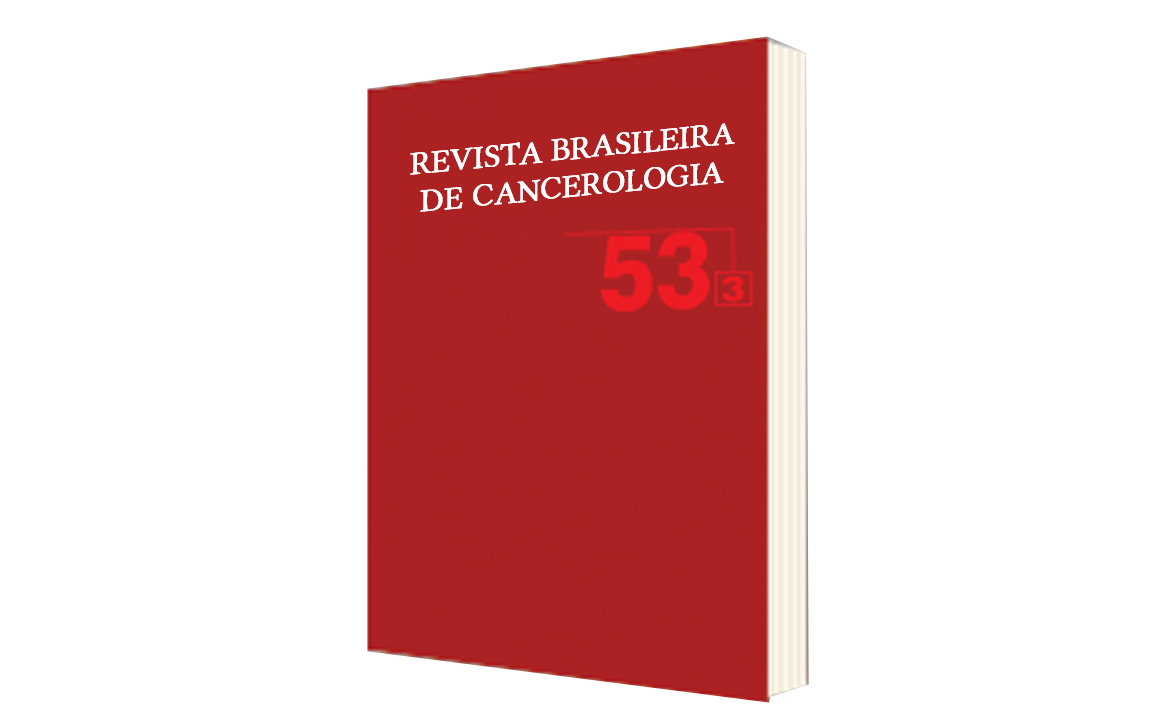Histological Classifications of Oral Squamous Cell Carcinoma: a Review of the Proposed Systems
DOI:
https://doi.org/10.32635/2176-9745.RBC.2007v53n3.1800Keywords:
Carcinoma, Squamous cell, Oral neoplasms, Head and neck neoplasms, Prognosis, ClassificationAbstract
Tumor-node-metastasis (TNM) staging has been used for tumor classification, selection of the most appropriate therapy, and reporting of treatment outcomes. Clinical examination and imaging studies provide the information used to define clinical stage (cTNM). In cases of surgical resection, the specific pathological stage (pTNM) obtained from histopathological examination of the tumor and regional lymph nodes is useful for selecting postoperative adjuvant therapy and estimating prognosis. However, even clinically early tumors that are treated in timely fashion can lead to death. Histopathological grading systems for oral squamous cell carcinomas (OSCC) were thus formulated to explain the inconsistent biological behavior of tumors. In 1920, Broders designed a microscopic malignancy grading system based on the degree of cell differentiation. However, numerous authors questioned the value of both this grading system and that recommended by the World Health Organization. They emphasized the role of other histopathological features to predict OSCC biological behavior, proposing new malignancy grading systems. The idea was that tumor grading systems would identify complementary prognostic factors in order to optimize the value of TNM staging, thus helping to identify the best therapeutic option. The current article presents the criteria adopted in international OSCC classification systems, discusses their features, outlines their similarities and discrepancies, and analyzes the correlations with patient outcomes.









